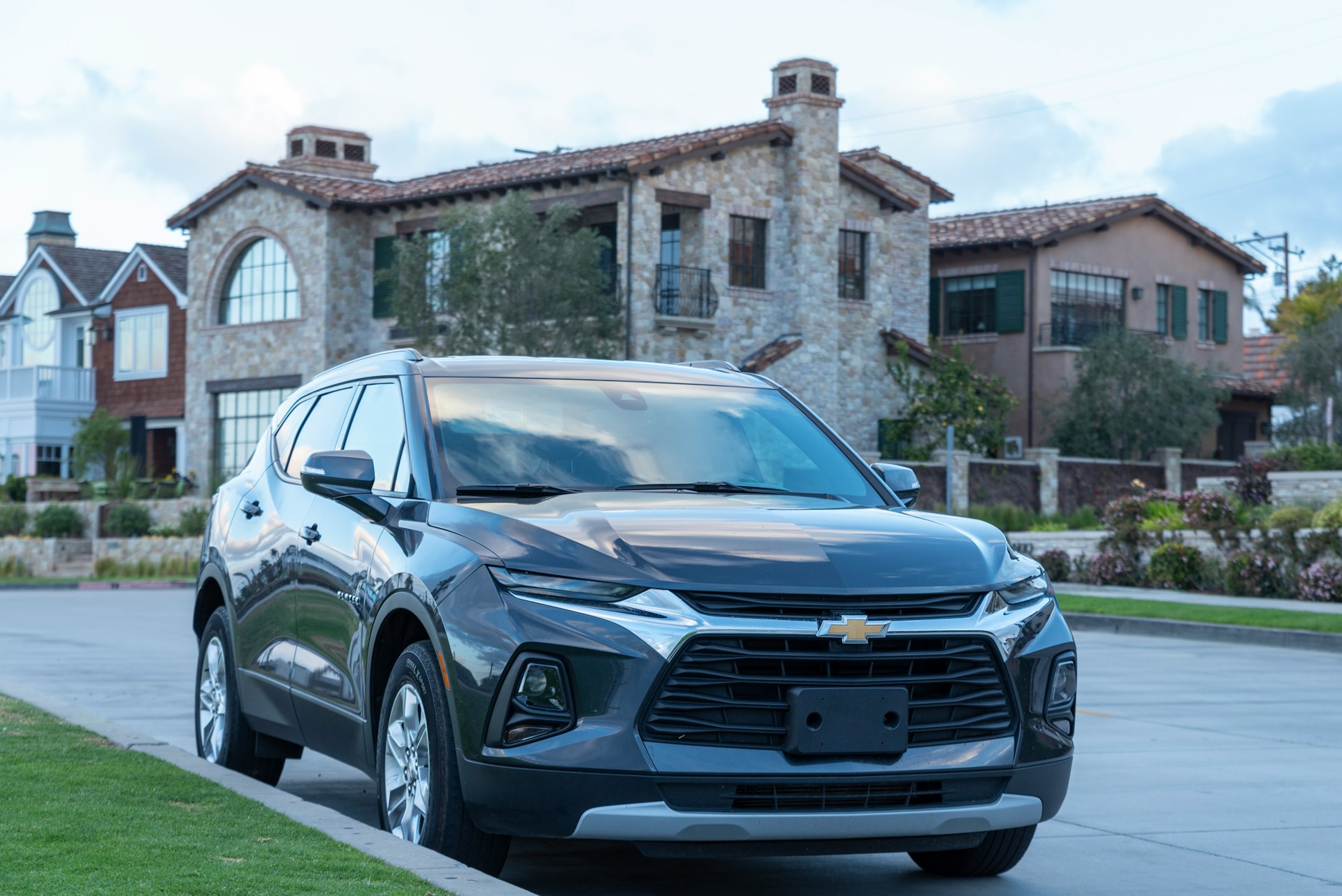Decoding the Significance of Walkability in Real Estate Valuation
The impact of a property’s walkability—its proximity to amenities like shops, schools, and parks—on its value is an under-explored aspect in the real estate discourse. This article delves into the concept of walkability, its historical significance, current market trends, and potential implications for buyers, sellers, and investors.

The Roots of Walkability
Historically, the conception of walkability was tied to necessity. In the pre-automobile era, proximity to local amenities and services was essential. With the advent of automobiles, the importance of walkability diminished as mobility increased. However, the 21st century has seen a resurgence in the value of walkability, driven by environmental concerns, the desire for healthier lifestyles, and changing urban demographics.
Walkability in Today’s Real Estate Market
Current real estate market trends indicate a growing demand for walkable neighborhoods. A study by the Brookings Institution found that real estate prices were significantly higher in walkable urban areas compared to car-dependent suburban areas. This suggests that walkability is not only a lifestyle preference but also a significant financial consideration.
The Real Estate Strategy of Walkability
Walkability offers a unique real estate strategy that can impact buyers, sellers, and investors. For buyers, a walkable neighborhood can provide a higher quality of life and potential health benefits. Sellers in walkable neighborhoods may command higher prices, given the increasing demand. For investors, properties in walkable areas could offer higher rental yields and stronger long-term growth.
The Pros and Cons of Walkability
Despite its advantages, walkability also has its challenges. Dense urban development can lead to increased noise and traffic, potentially detracting from residential appeal. Additionally, the premium prices of properties in walkable areas may exclude lower-income buyers, raising concerns about affordability and social equity.
The Future of Walkability
As environmental sustainability and healthy living continue to trend, it seems likely that the importance of walkability in real estate will only grow. Policymakers are increasingly recognizing the value of walkable urban design, with city planning initiatives aiming to create more pedestrian-friendly environments.
The concept of walkability in real estate valuation offers a fresh perspective on property investment. While it may not replace traditional factors like property size and condition, it certainly adds another layer to consider in the complex decision-making process of buying, selling, or investing in real estate.





